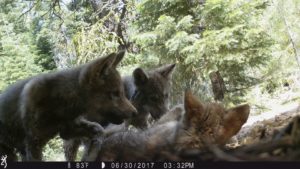I don’t like to think of myself as a Luddite. I enjoy technology and social networking, but I confess when I first heard of Pinterest I was filled with dread. I didn’t need another distraction from my deadlines. I didn’t have an overwhelming desire to look at every cute kitten that ever lived or learn about people’s quirky taste in shoes. I had every intention of giving this new social network a pass.
But then while working on the author note for my book Written in Stone, I wanted a visual for a particular type of ocean going canoe made by tribes from the Pacific Northwest. I found a group of boards on Pinterest called the Native American Encyclopedia. It has, among other things, a large collection of historical photographs organized by tribe including a variety of images of canoes that I needed.
It got me thinking about ways I could use Pinterest to make my historical novel more useful to teachers and vivid for students.
Children in every single state study Native Americans at some point in their middle grade years. I know teachers are looking for good books with Native American characters. I also know that most people, when they think of Native Americans, default to the Great Plains tribes and picture the horse and teepee cultures of the prairie. My book is set among the cedar and salmon people of the Olympic Rainforest in western Washington. Most people don’t have a visual reference point for this incredibly rich and beautiful culture.
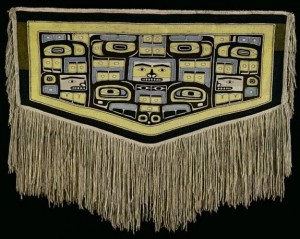 The Olympic Peninsula is home to the only temperate rainforest in North America. Most people don’t have a visual vocabulary for the temperate rainforest either.
The Olympic Peninsula is home to the only temperate rainforest in North America. Most people don’t have a visual vocabulary for the temperate rainforest either. 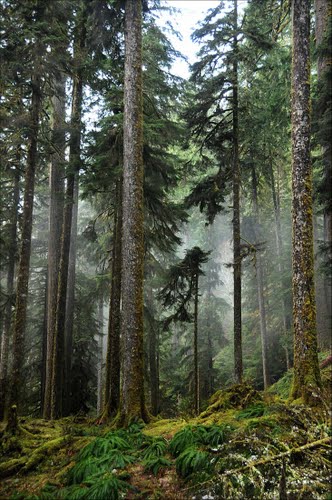
I would have loved to do an illustrated book like the ones I remember from my childhood, but unfortunately illustrations would price the book out of reach for already struggling school libraries. It’s my hope that Pinterest can serve to fill the gap. I set up a board for each of my novels with images of the setting and key objects from the story.
The thing that makes Pinterest a particularly useful tool is the space at the bottom of each picture with room to write a caption. Most users put a very minimal title in the caption space, but there is room enough for 500 characters so I can give some context for an image or mention how it relates to my book.
It took me about 20 minutes to learn how Pinterest works and set up a board for each of my books. I spent about an hour gathering the initial images for each board. I spend about an hour a month adding images. That is a manageable amount of investment in time for what I hope will be an engaging and useful tool for classroom teachers and book clubs.
I’m still very new to Pinterest and I’d love to hear from teachers whether they use it already or would consider using it in the future. Here’s the link to my Written in Stone board. Please take a look and leave a comment!






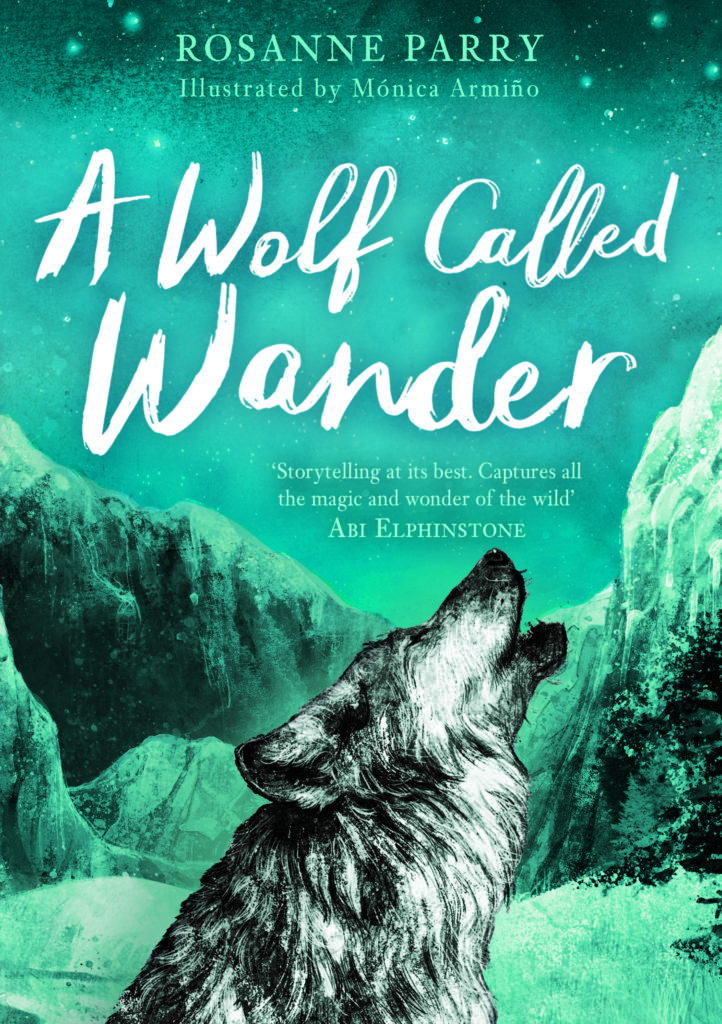

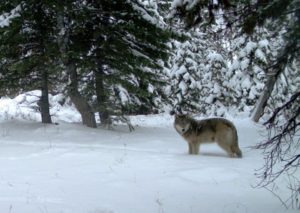 I’m so thrilled to announce that my next book, A Wolf Called Wander, will be published by Anderson Press of the UK. It will be a fully illustrated middle grade novel inspired by the life of Oregon Wolf 7. The official announcement will be made when the publisher has selected and illustrator, and the book will be out sometime in 2019, but I couldn’t wait to share the news and thank the many people who helped me get here. My wonderful agent Fiona Kenshole of the Transatlantic Agency arranged the deal. My brilliant friends, Cheryl Coupe, Michael Gettle-Gilmartin, Barb Liles, and Cliff Lehman, have been with me every step of the way.
I’m so thrilled to announce that my next book, A Wolf Called Wander, will be published by Anderson Press of the UK. It will be a fully illustrated middle grade novel inspired by the life of Oregon Wolf 7. The official announcement will be made when the publisher has selected and illustrator, and the book will be out sometime in 2019, but I couldn’t wait to share the news and thank the many people who helped me get here. My wonderful agent Fiona Kenshole of the Transatlantic Agency arranged the deal. My brilliant friends, Cheryl Coupe, Michael Gettle-Gilmartin, Barb Liles, and Cliff Lehman, have been with me every step of the way.